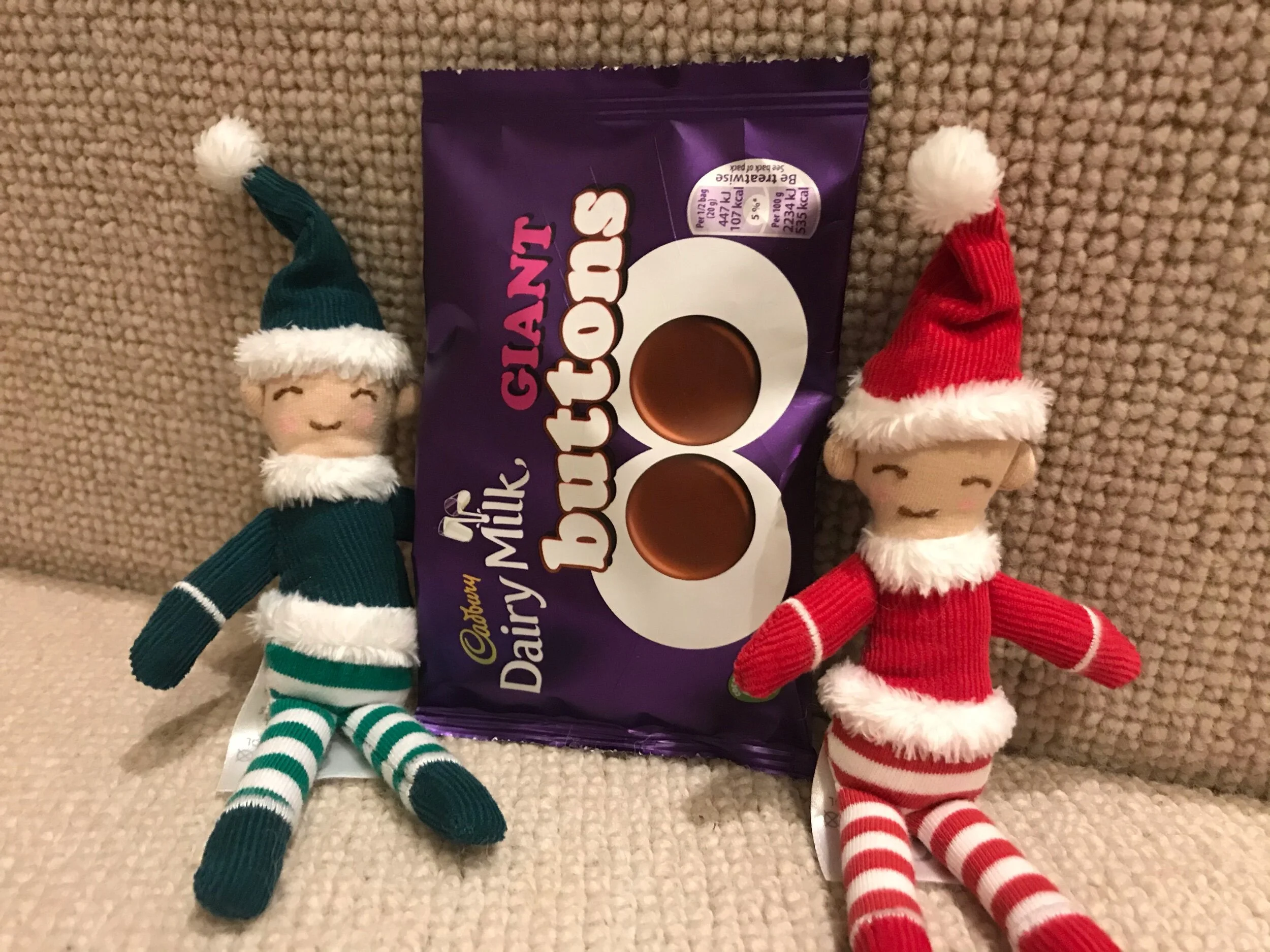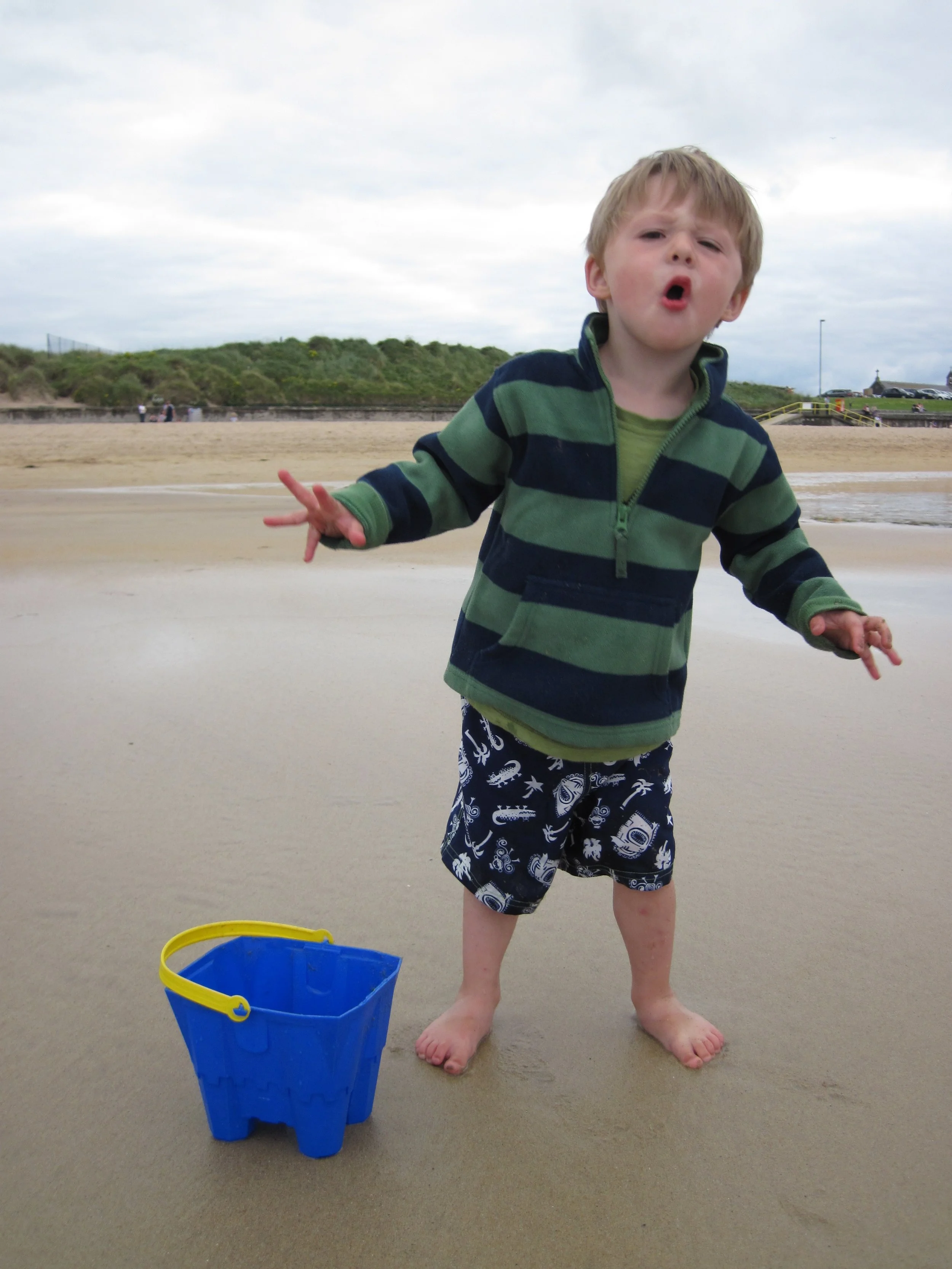What is a reluctant talker? A reluctant talker is someone who....
· WANTS to speak but is unable to
· Becomes afraid of speaking and people hearing their voices
· Becomes increasingly wary of any form of communication which could lead to an expectation to speak
· Over time learns to avoid anxiety by avoiding communication
Talking Pressures
· Size of audience and familiarity
· Being overheard by others as starting to talk
· Adults watching, expecting eye contact
· Time-pressure to give response
· Fear of consequences of speaking
· Complexity/length of response needed
How can we help?
· Understand what these children are feeling and why
· Make changes to the environment to reduce pressure (provide a symbols/ sign / voice activated button to use instead of talking)
· Help the child understand their feelings
· Build the child’s confidence and independence at home and in their educational setting
Change the environment
Remove pressure to speak:
· Provide opportunities but not expectation
· Bribes and persuasion increases pressure
· Never remove the need to communicate
· Comment on what is going on rather than ask questions
Be positive:
· Never let the child hear you say “they won’t talk”
· Set positive expectations e.g. “Once you feel relaxed you’ll be able to tell me” “when you’re ready to talk” – reassures the child that the worry will go away
Build positive relationships:
· Consistent relationships with key people
· Rapport building opportunities in relaxed activities e.g. with a key worker or the class teacher
· Show positive relationships between family and setting staff by letting child see family and staff talking freely
Use family and friends to facilitate communication:
· Sit child with their friends
· Invite parents into class as helpers
· Staff ask family to ask child questions, rather than directly ask child
· I know you would like to talk and you will when you are ready
Help the child understand their feelings
Nobody will mind if you don’t talk straightaway
You’re not alone, other children worry about things
I want to help you to get rid of the worry feelings
It won’t always be like this, once you get used to it the feeling will go away
Build Confidence
Praise child for trying e.g. “I know it was scary at first but you (stayed for x minutes/pointed to…/sat and watched)”
Using instruments in music
Participation in physical activities e.g. throwing balls, jumping, dance – to reduce a child’s physical tension
Having jobs or responsibilities, they can do well
Desensitisation e.g. communication cards, voice activated toys, talking tiles






















